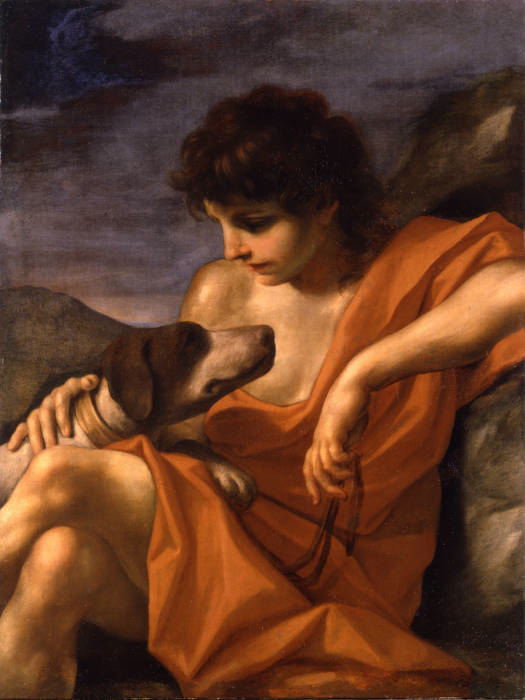At first reading, A. C. Swinburne’s poem “A Match” is singsong and uncomplicated – a simple set of rhymes, possibly for children, certainly not entirely out of place in a book of children’s poetry. The rhyme scheme is easy to follow, the ostensible theme a traditional one of a lover’s desire to become one with the beloved. It’s a common idea in love poems, and the mere sound of the poem itself lends an extra veil of simplicity.
But on a level below the superficial, “A Match” is full of troubling dichotomies and, eventually, a sexuality directly opposed to the traditional, “normal” British standard of acceptable sex. The poem begins with a pleasant stanza about love and greenery, echoing the marriage vows in its inclusion of “sad or singing weather” and “green pleasure or grey grief” – in sickness and in health, for better or for worse. While not a direct repetition of these extremely traditional words, the dichotomies here reflect the typical, time-honored marriage vows, creating in the first stanza an image of normalcy and tradition-bound love that Victorians would have expected and accepted.
The second stanza maintains this customary view of love: words, tune, and song are equated to love. The first mentions of physical sex are here: “with double sound and single/delight our lips would mingle, with kisses glad as birds are.” The idea of single delight, although cleanly separated by the line break, evokes a sexual aspect emphasized by the “double sound” and “kisses.”
However, the second stanza is still pretty tame. The third stanza initiates the first troubling dichotomy: “If i were life, my darling, and I your love were death.” This coupling, of life and death, while inevitable in biological life, is atypical of “normal” love poetry: life and death exist around each other but not at the same time in one body or semblance, which contradicts the previous two stanzas’ coupling of two things which typically exist at the same time in one form.
The fourth stanza continues the dichotomies, making them even more troubling. Sorrow and joy go together now, and the lovers “play for lives and seasons/with loving looks and treasons.” The idea of the lovers playing, possibly against of each other, especially with the added opposition of loving looks and treasons – a deceit to conceal a betrayal – is undoing the conventional, unexceptional love poetry of the first two stanzas, and the fifth stanza continues the pattern of opposition. “Till day like night were shady/and night were bright like day” undoes the traditions established in the first stanza: while maintaining a dichotomy, the conventionality of the marriage vows has been eclipsed by a new, inexplicable dichotomy far from the marriage conventions of obedience and fidelity (the treasons of the last stanza).
The last stanza at last reveals the goal that the previous five stanzas have been working towards. Here, pleasure and pain are equated, and love is not only hunted, plucked, and taught (perhaps disciplined), but given a rein. These ideas are far, very far, from the utterly conventional, classical love from earlier in the poem. The poem ends on the repetition of pleasure and pain; all the previous stanzas have ended on similar repetitions, but the last stanza ends on a distinctly sinister note. Love plus hunting, plucking, teaching, and reining equals a view of sexuality and love that the Victorians would have ostensibly abhorred: with its echoes of BDSM and violence in a sexual context, the last stanza undoes all the work of the last several stanzas without breaking the rhyme scheme or in any way changing the pattern of the rest of the poem.
Swinburne has used the conventions of Victorian love poetry agains the Victorian conception of love. Since he never breaks the pattern that he sets up, and since the poem is so easy to mistake for a simple paean to a beloved, Swinburne is essentially fooling readers (especially readers contemporary to him, who would in the main choose to ignore the more troubling aspects of the poem) into a conception of love which they already expect.
The progression of the poem and its eventual descent into sexual “perversion” is a strong reflection of the degeneration/regeneration so curious to the Victorians. The motifs of weather and cycles which fill the poem are distinctly regenerative, but the Victorians would call the progression of sexuality degenerative. “The degenerate was…anything deviating from a middle-class-defined ‘normalcy'” (Ledger and Luckhurst xxii). By following the standards of poetry, Swinburne completely undoes the Victorian standard of love and sex.

